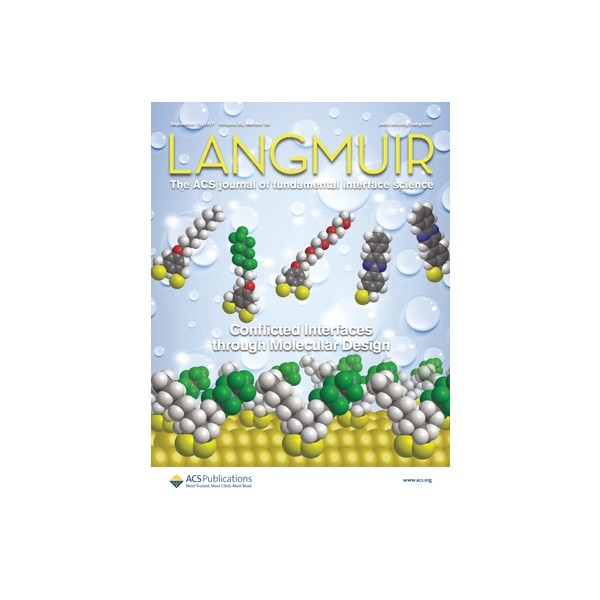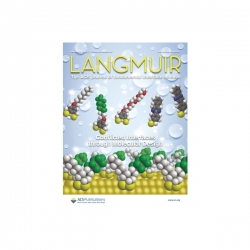Abstract

In addition to the widely adopted method of controlling cell attachment for cell patterning, pattern formation via cell proliferation and differentiation is demonstrated using precisely defined interface chemistry and spatial topology. The interface platform is created using a maleimide-functionalized parylene coating (maleimide-PPX) that provides two routes for controlled conjugation accessibility, including the maleimide–thiol coupling reaction and the thiol–ene click reaction, with a high reaction specificity under mild conditions. The coating technology is a prime tool for the immobilization of sensitive molecules, such as growth factor proteins. Conjugation of fibroblast growth factor 2 (FGF-2) and bone morphogenetic protein (BMP-2) was performed on the coating surface by elegantly manipulating the reaction routes, and confining the conjugation reaction to selected areas was accomplished using microcontact printing (μCP) and/or UV irradiation photopatterning. The modified interface provides chemically and topologically defined signals that are recognized by cultured murine preosteoblast cells for proliferation (by FGF-2) and osteogenesis (by BMP-2) activities in specific locations. The reported technique additionally enabled synergistic pattern formation for both osteogenesis and proliferation activities on the same interface, which is difficult to perform using conventional cell attachment patterns. Because of the versatility of the coating, which can be applied to a wide range of materials and on curved and complex devices, the proposed technology is extendable to other prospective biomaterial designs and material interface modifications.
.png)

